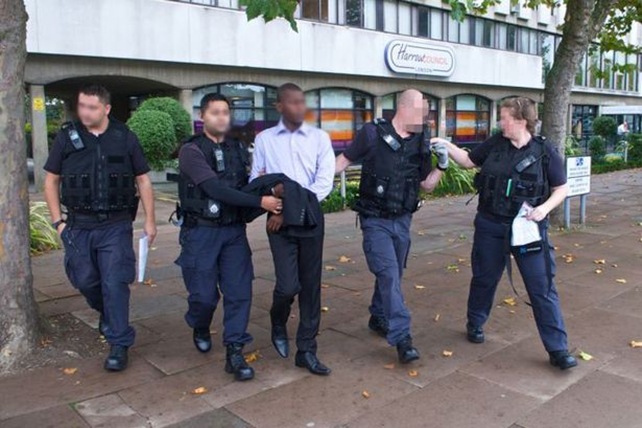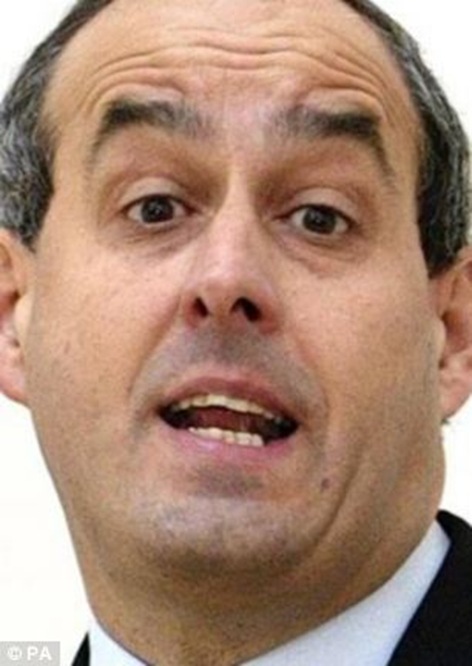Mail on Sunday
February 20, 2014

One sham marriage may be happening in the UK every single hour, shocking figures revealed last night.
Official figures show that between January and October last year, a total of 7,606 fake weddings were reported to the Home Office.
Yet despite the huge scale of the problem, just 90 people were deported over the same period for engaging in false marriages to gain entry to the UK.
It means that for every 85 sham marriages, just one person is being thrown out of the country.
Experts said the appalling record sent out the unmistakeable signal to criminals that there will be no comeback if people enter a false partnership.
Labour said the figures showed the Coalition was ‘presiding over a broken immigration system’.
The party’s immigration spokesman, David Hanson, said: ‘This record speaks for itself. More sham marriages and fewer deportations.
‘People want the rules to be enforced, and these figures show the Government simply isn’t doing that.

‘The Tories are stopping half the number of people at our borders, fewer people are being deported, fewer foreign criminals are leaving and fewer employers are being fined for employing illegal workers.
Last year one of the country’s most senior registrars warned that, in urban areas, one in five civil marriages may be ‘suspicious’.
Mark Rimmer, chairman of the Local Registration Services Association, estimated that up to 15,000 of the 173,000 civil weddings each year in England and Wales could be fake unions designed to evade immigration laws.
The latest figures, revealed by the Home Office for the first time following a Parliamentary question from Keith Vaz MP, chairman of the Home Affairs Select Committee, show that the problem may indeed be as stark has he warned.
They show all the reports to the authorities about suspected sham marriages, and will therefore only be the tip of the iceberg.
In 2013, up to the end of October, some 1,824 suspicious marriages and civil partnerships were reported to the Home Office by registrars.
Extrapolated over the full year, this indicates there are will be around 2,189 cases – almost eight times the total in 2006.
